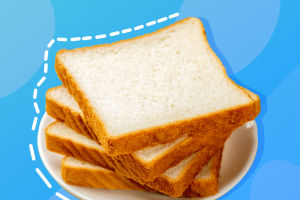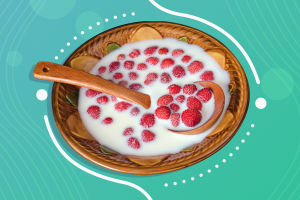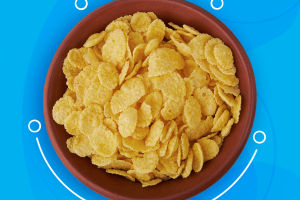There’s hardly a more British custom than a nice cup of tea. This magical elixir helps Brits get through the day and seems to make problems disappear … at least temporarily! 80% of Britons drink tea and consume 165 million cups daily, or 60.2 billion cups a year! Here are 7 facts that you might not know about British tea traditions:
1. The Origins are a Little Unclear
It’s generally accepted by historians that afternoon tea didn’t truly begin until the 19th century, but it actually did make an appearance far earlier. It is believed that the King of England’s wife, Catherine of Braganza, was the very first person to introduce afternoon tea to the masses. On her arrival from Portugal in 1662, she brought with her a casket of tea and introduced it to the court along with examples of Portuguese cuisine. From then on, the food and drink became a fad.
2. A hungry Duchess originated the tradition of Afternoon Tea
Despite this early introduction, it is Anna Maria Russell, the Duchess of Bedford, who gets the real credit for creating the first version of the afternoon tea we know and love. In the 18th and 19th century, English people were finding themselves going hungry during the long gap between lunch and dinner. This was around the time that Anna Maria Russell came to discover that a light meal of cakes and sandwiches (eaten with a pot of delicious, fresh tea of course!) was an excellent stand-in during that empty time slot in the middle of the afternoon. She soon began to invite her friends along to enjoy it and so the craze became a legend.
3. What’s in a traditional afternoon tea?
Traditional afternoon tea is an elegant affair, comprised of delicately sliced sandwiches filled with tasty (yet never overpowering) fillings, alongside small cakes, pastries or scones with jam and clotted cream. This has certainly not prevented restaurants in London each offering their own unique new spin on the trend, with different flavors and combinations available.
4. Low Tea is “posher” than High Tea
Isn’t tea just a drink? “Tea” is used to denote both a beverage and different types of meal. Two terms sometimes used in the Victorian Era were “low tea” and “high tea“. Low tea was served on low lounge chairs and sofas with low tables (similar to today’s coffee tables), and high tea was served on highchairs around a table. But here’s the surprising part: “low tea” was enjoyed by the aristocracy and “high tea” by the working class. Confusion has arisen because “high tea” simply sounds classier than “low tea“.
5. Social Class Influenced Enjoyment
Many people may believe that all residents of Great Britain were able to enjoy the same quality and quantity of afternoon tea, but this is far from the case… Working class laborer’s were worse off and would only sometimes be able to nibble on a single baked good or sandwich while they drank their tea. The more privileged or upper class you were, the more you could enjoy. For these special few, afternoon tea would always be accompanied by luxury sandwiches with fillings like cucumber, egg and cress, fish paste, smoked ham, and salmon, and a selection of fine cakes and pastries.
6. High Tea is not the same as Afternoon Tea
Afternoon tea is derived from the social tradition started by the Duchess of Bedford. Taken at around 4 – 6 pm, it typically comprises Devonshire cream tea and an assortment of delicate crustless sandwiches, sweets, and cakes. In short, this is the “posh” tea, served today in country tea rooms or city hotels.
7. Is it rude to dunk biscuits?
Opinions on this matter differ quite drastically, as Britain is a nation filled with people who are scarcely afraid to dunk biscuits in tea. However, while this might be acceptable in your own home, when you’re enjoying afternoon tea in public it is perhaps best to curb the habit!


